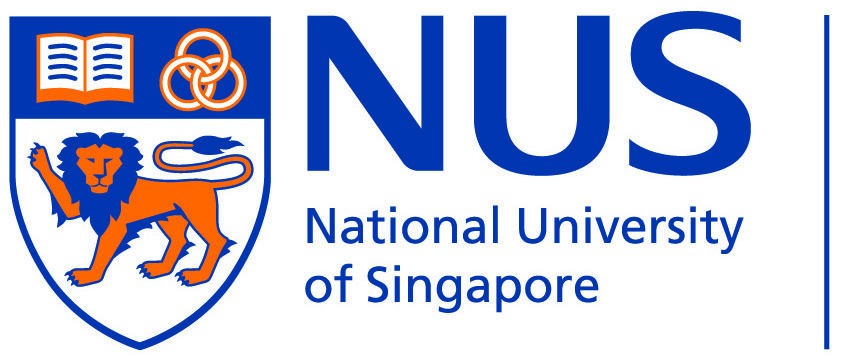HPC TECHNICAL UPDATES
Wang Junhong, Research Computing, NUS Information Technology, on 13 February 2022
Many of you may face a common dilemma to understand how well your batch jobs are running once you submit them into the HPC system. Our AI-Trained Tool is here to help you.
Kumar Sambhav, Research Computing, NUS Information Technology, on 13 February 2022
MLOps is quickly emerging as a critical component for data science projects at the enterprise level. It helps organisations achieve their short and long term goals and generate value for the organisation. MLOps have become a successful data science strategy and has recently generated a lot of interest.
Rikky Wenang Purbojati, Research Computing, NUS Information Technology, on 13 October 2021
Much has been said about the convergence of HPC and AI in recent years. However, the emergence of the Covid19 pandemic had possibly kicked the convergence and its translational application into full gear. HPC-AI technology has been involved in every step of humanity’s effort to answer the most critical global challenge yet, climate change notwithstanding. While the long-term impact and trajectory remains to be seen, it is undeniable that the advances in computing technologies (and other scientific fields) have allowed the responses to be swift and laser-focused.
Ku Wee Kiat, Research Computing, NUS Information Technology, on 13 October 2021
Do you ever have the need to extract text from article scans, or data from invoices/receipts? Are you dealing with small tabular datasets with sensitive information that requires more data? Do you have a low-resolution or poor-quality image but want something of a higher quality or resolution? In this article, we will look at some Python-based AI-aided tools and libraries that might be useful for your research
Kuang Hao, Research Computing, NUS Information Technology, on 13 October 2021
Working with an enormous amount of textual data is always hectic and time-consuming. Hence many companies and organizations make use of Information Extraction (IE) techniques to automate the process. Information Extraction is the task of automatically extracting structured information from unstructured documents. In most of the cases, this activity concerns processing human language texts by means of natural language processing (NLP). In this article, we will introduce common subtasks in information extraction and how to make use of opensource tools for those tasks.
Kumar Sambhav, Research Computing, NUS Information Technology, on 13 October 2021
Some of the most effort-intensive tasks within the financial services and applications have been managing assets, evaluating levels of risk, calculating credit scores, and even approving loans. The amount of data that has to be scoured, read and understood is humongous and humanly impossible and even if it is done with extensive care, it might not fetch proper results. Machine Learning models thus come in handy for such tasks as, instead of us humans doing the processing, we let computer programs handle it for us.
Wang Junhong, Research Computing, NUS Information Technology, on 13 October 2021
The software hosting service allows researchers to host licensed software and tools in the central HPC-AI system. This enables the users to have some flexibility when it comes to having large and long simulations performed within the high-performance computing facilities. It also improves productivity by supporting more simulations which could be executed concurrently by all eligible team members.
Yeo Eng Hee, Research Computing, NUS Information Technology, on 13 October 2021
There is a long list of application software that are currently installed in our HPC-AI systems. As our user base grows, we see a potential issue in keeping up with the growing number of software that our users need. One solution is to let the users bring in their own applications and run it in our HPC-AI clusters and a way to do this in a consistent manner is to use containers.
Rikky Purbojati, Research Computing, NUS Information Technology, on 28 May 2021
In support of the AI/ML adoption into HPC folds, there needs to be a strategy with agility in mind when deciding any future scientific computing development. AI adoption in our digital economy has been increasing rapidly over the past few years. Starting from the re-emergence of Deep Learning application in the ImageNet challenge, the resulting key technologies and techniques have been embedded in and influenced many aspects of research.
Kumar Sambhav, Research Computing, NUS Information Technology, on 28 May 2021
Data science is an extensive field which touches base with so many use cases that makes it difficult to describe its capabilities just by using the term itself. Data science provides important tools to allow us to gain insights into, sometimes humanly unfathomable datasets.
Machine learning allows data scientists to make predictions based on past knowledge. This attribute of machine learning comes in handy when doing analyses for cybersecurity as most of the cybersecurity use cases are based on the need of learning from past patterns or behaviors.

